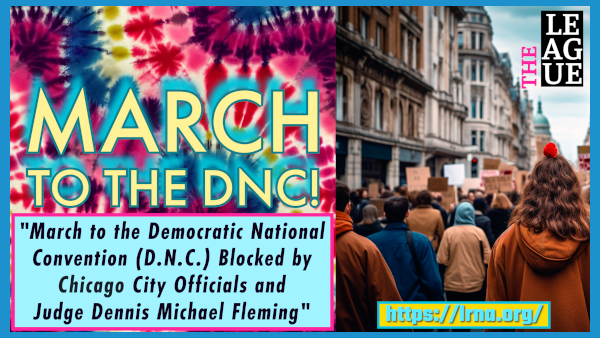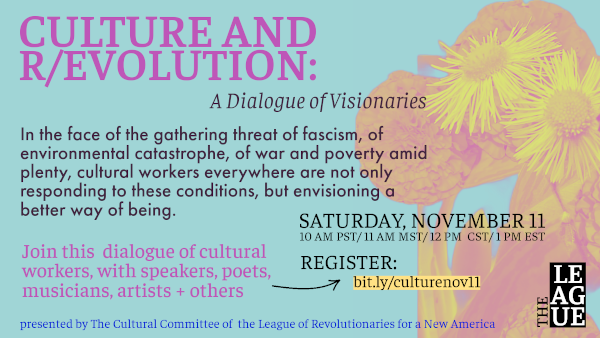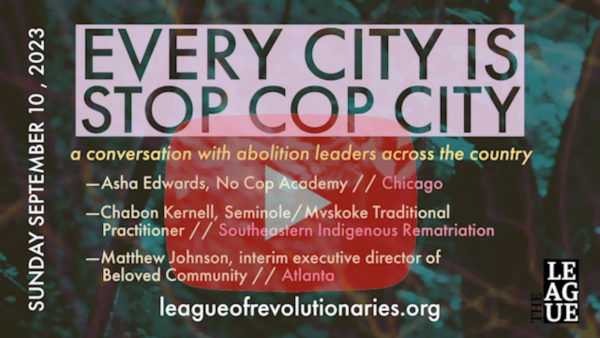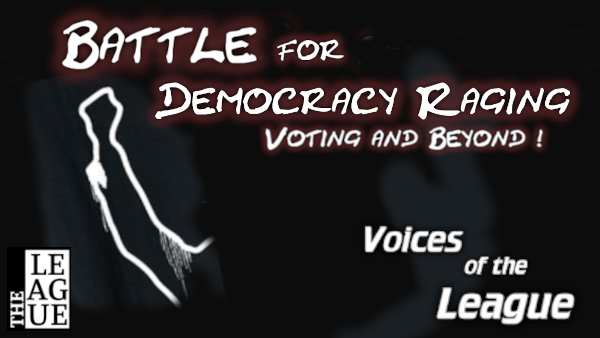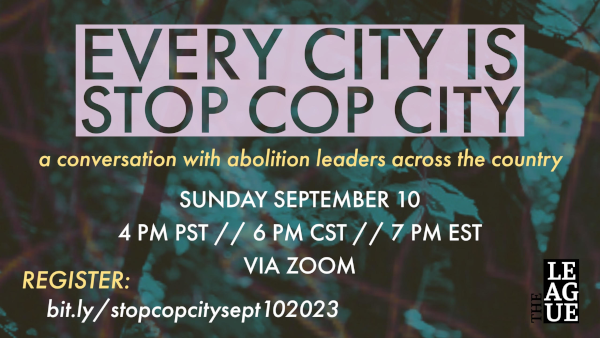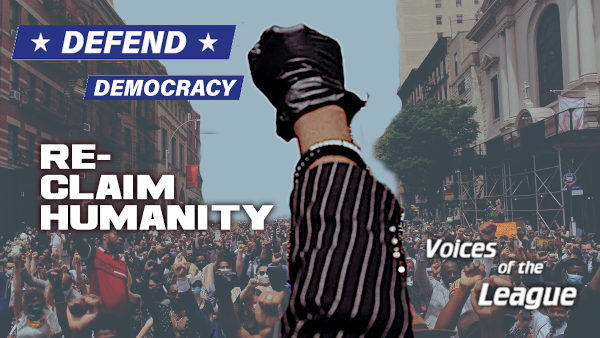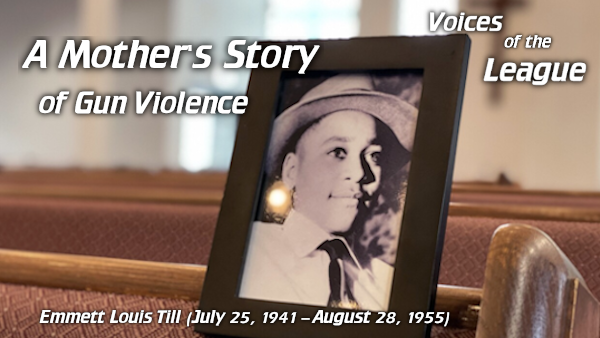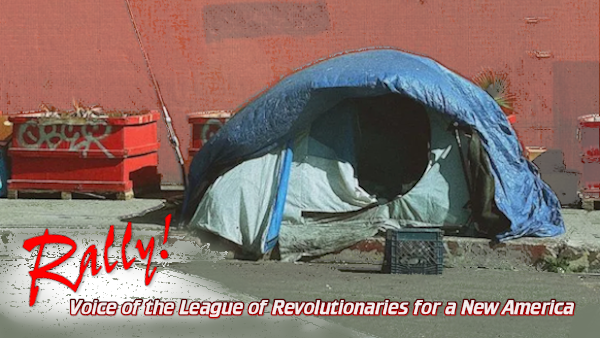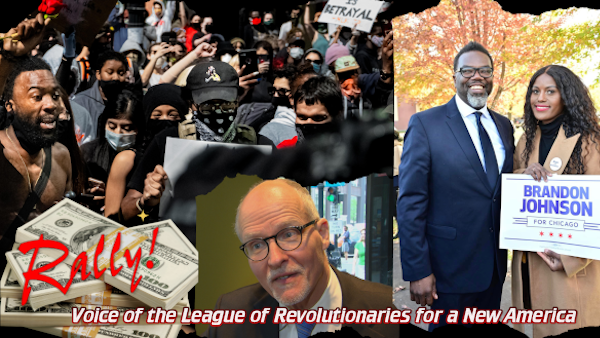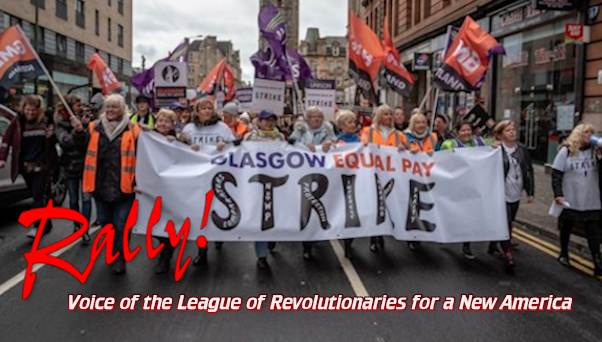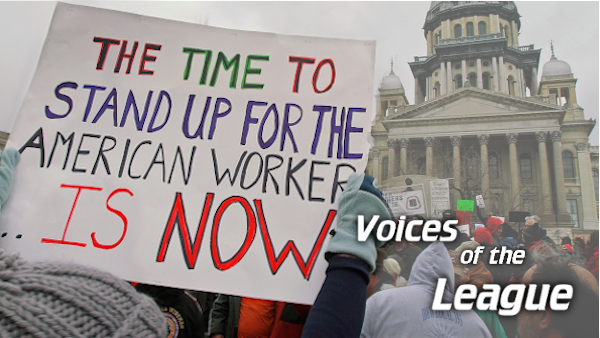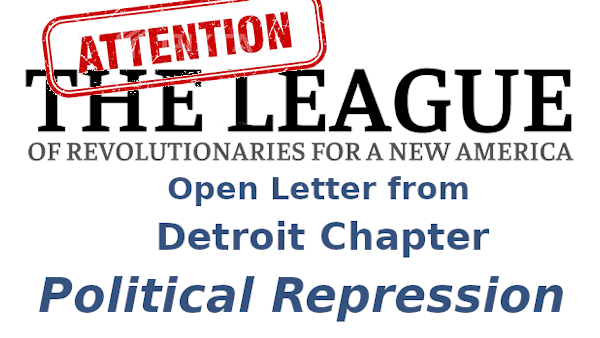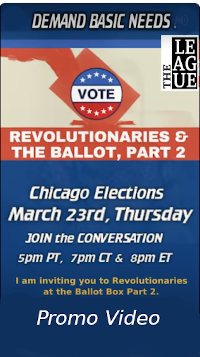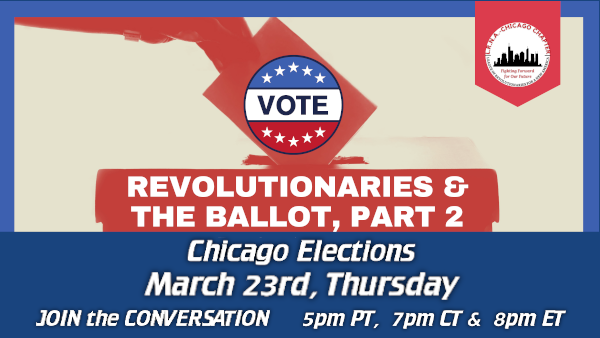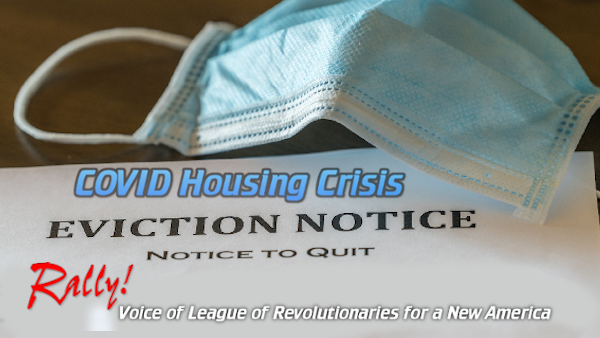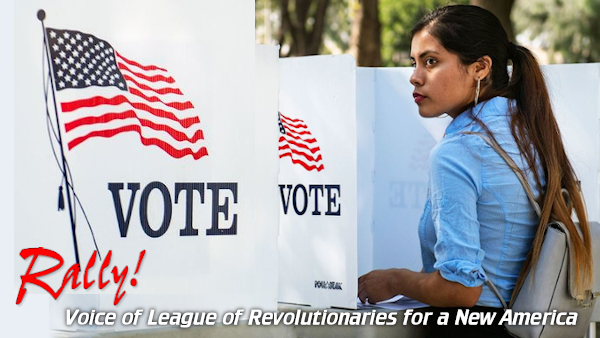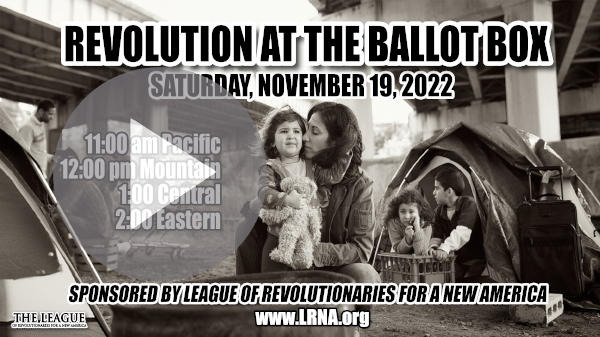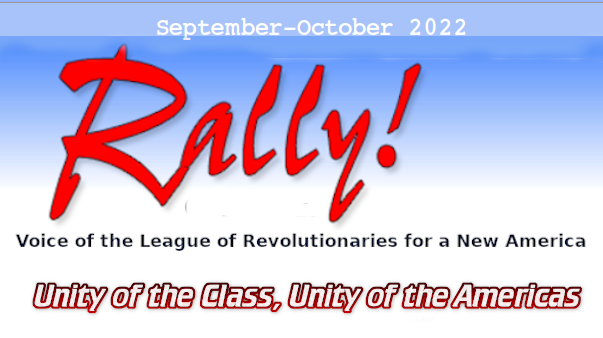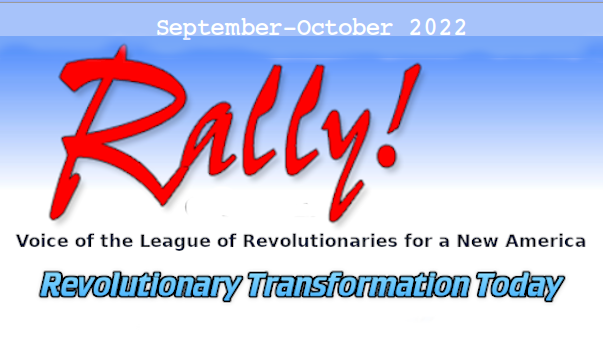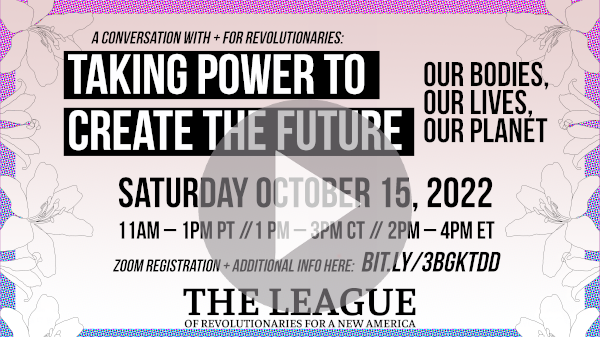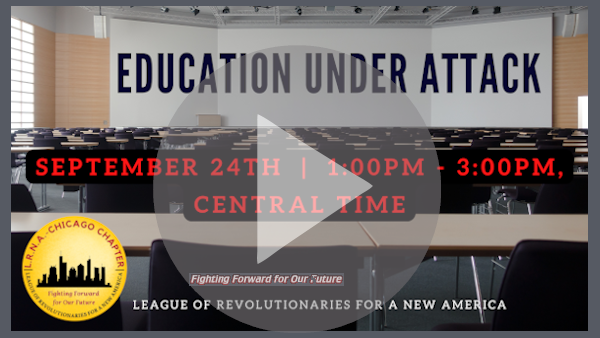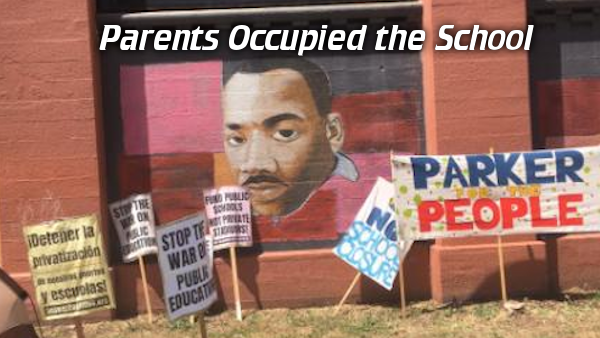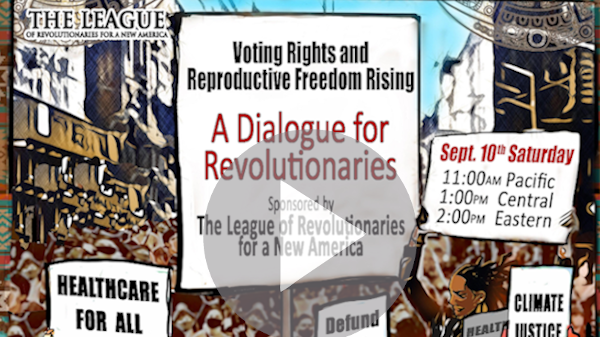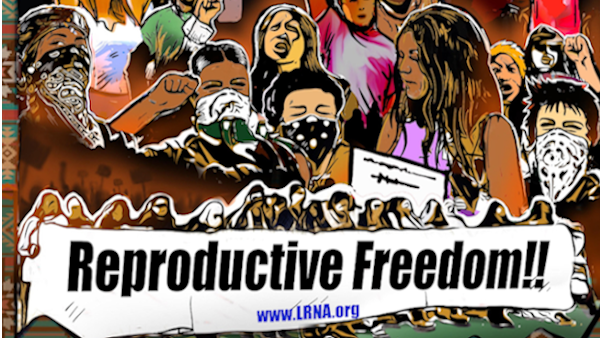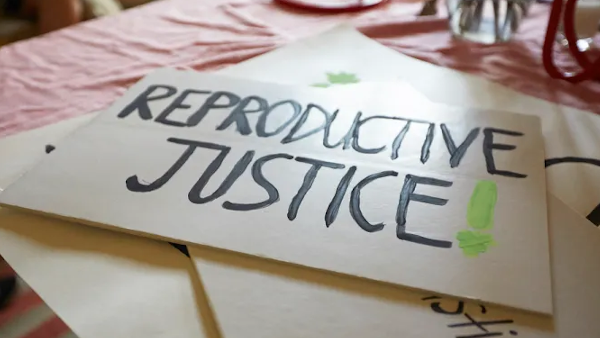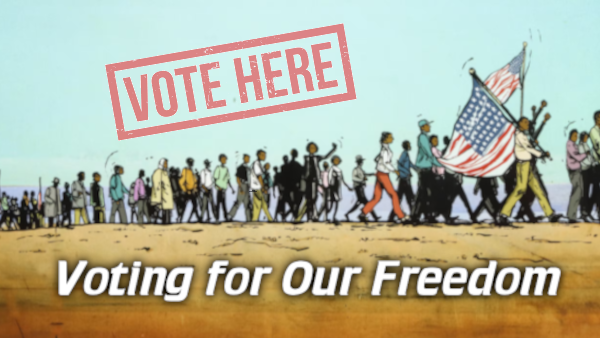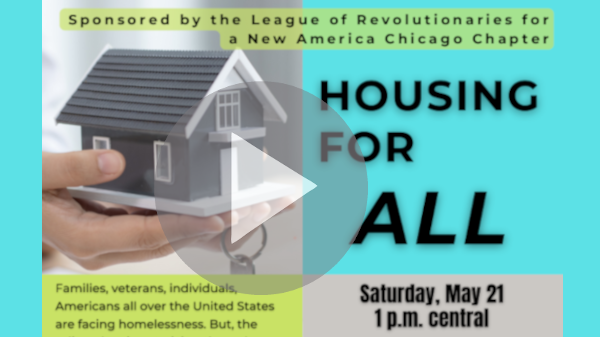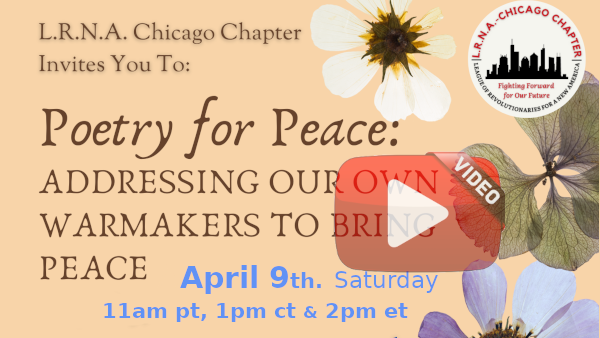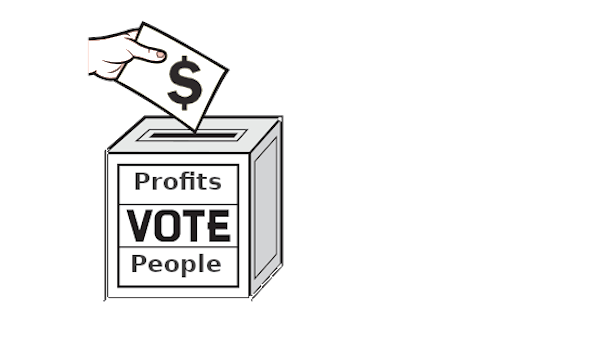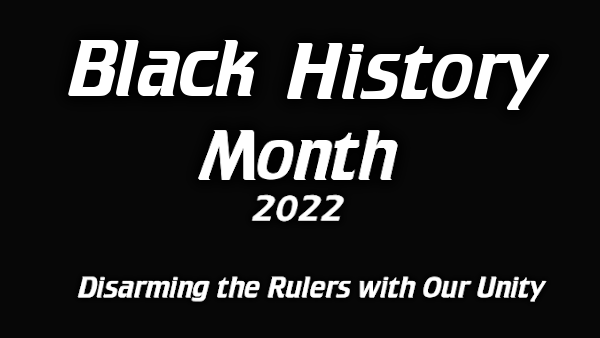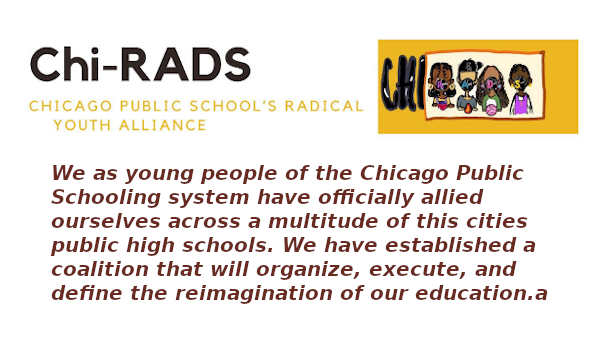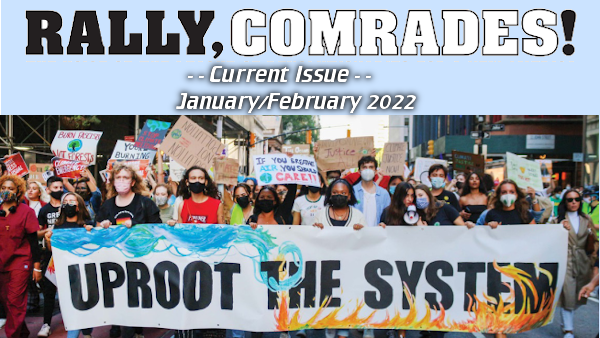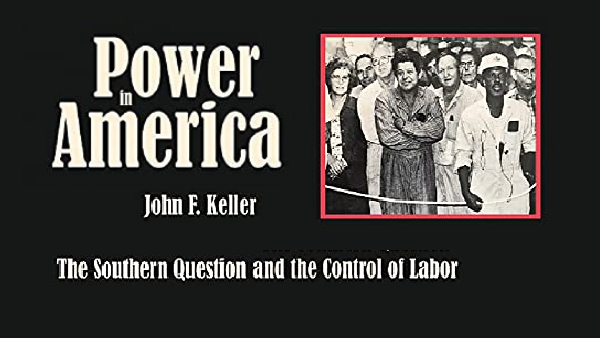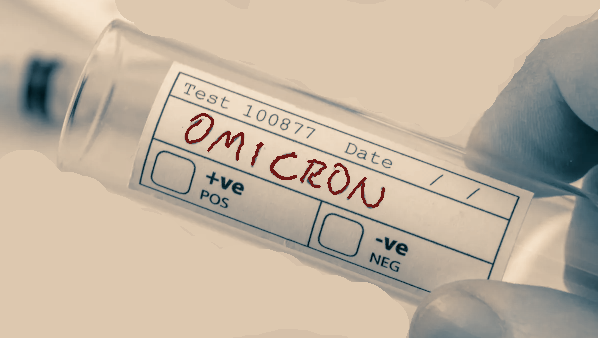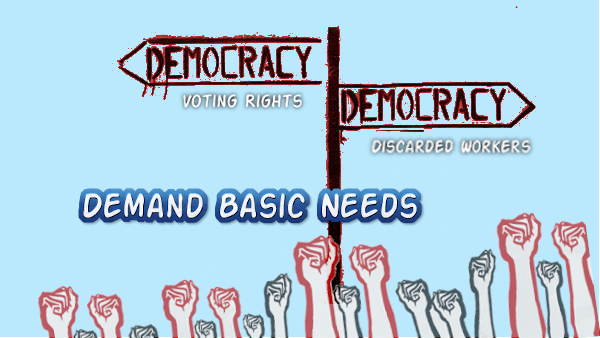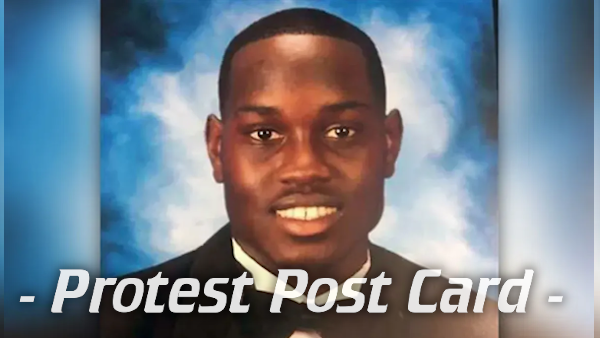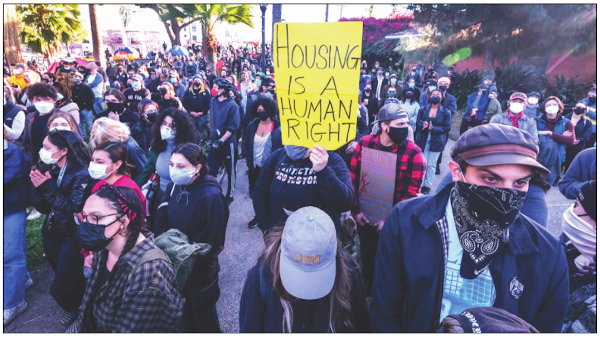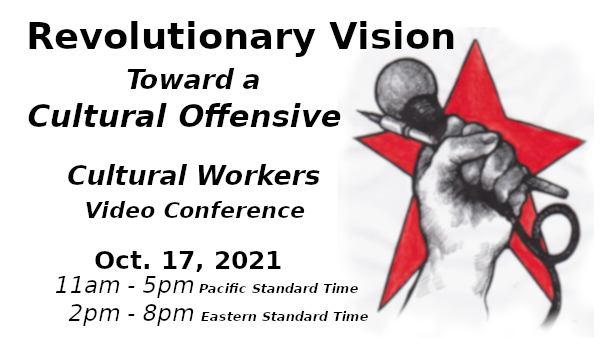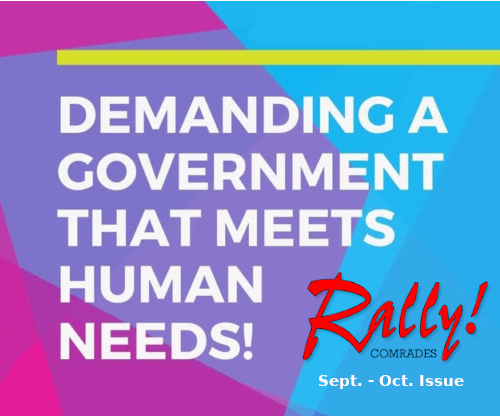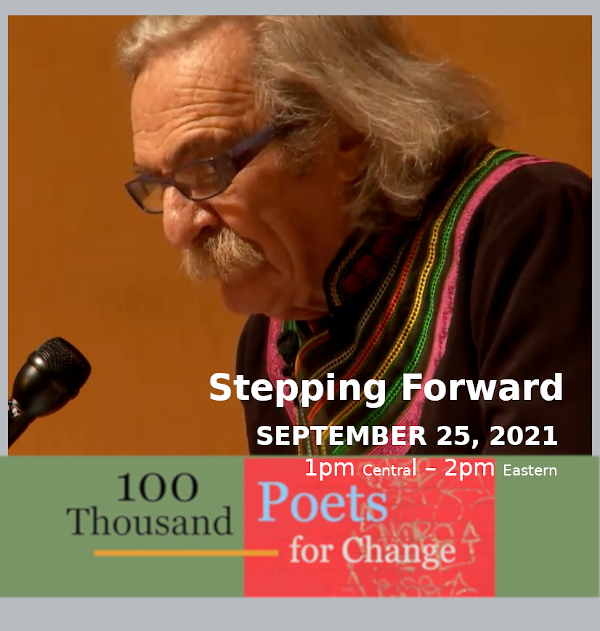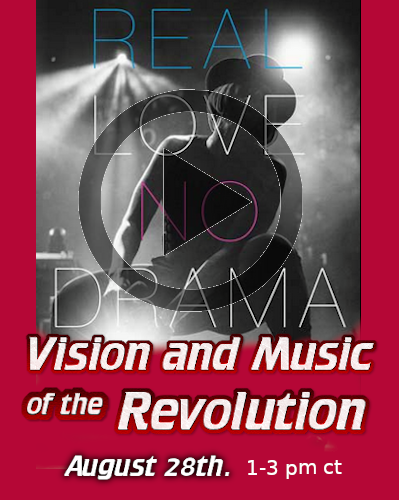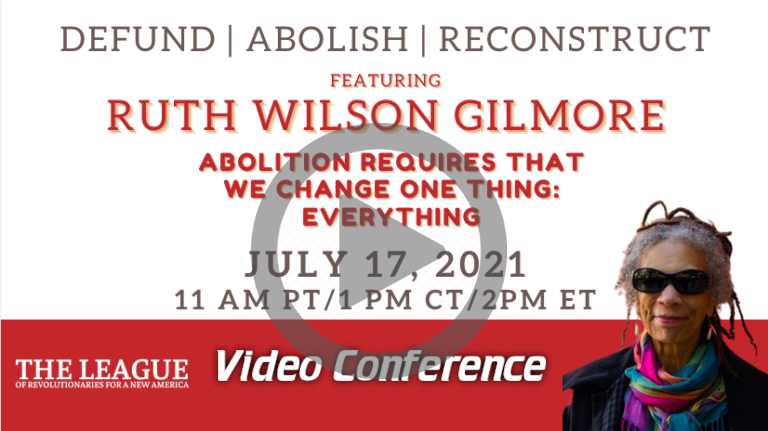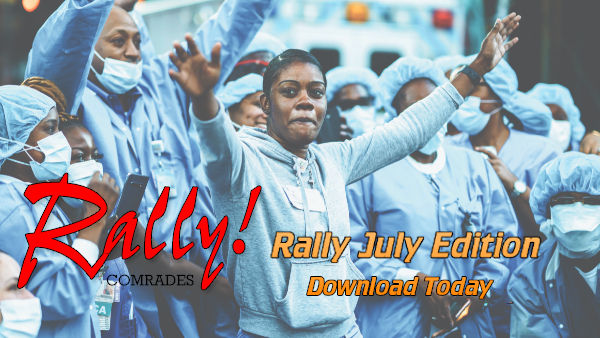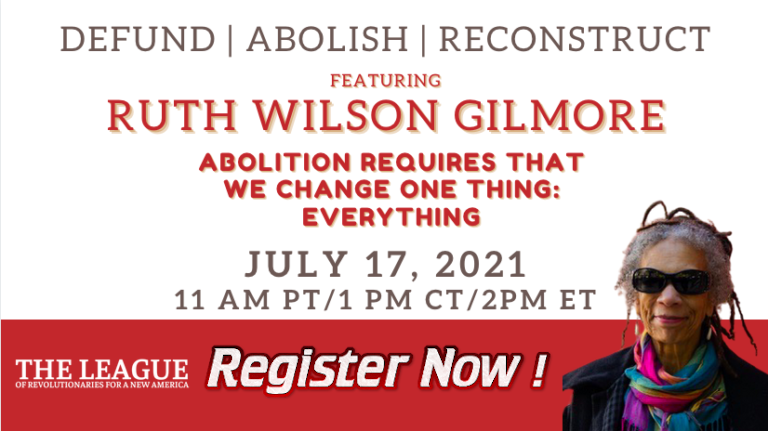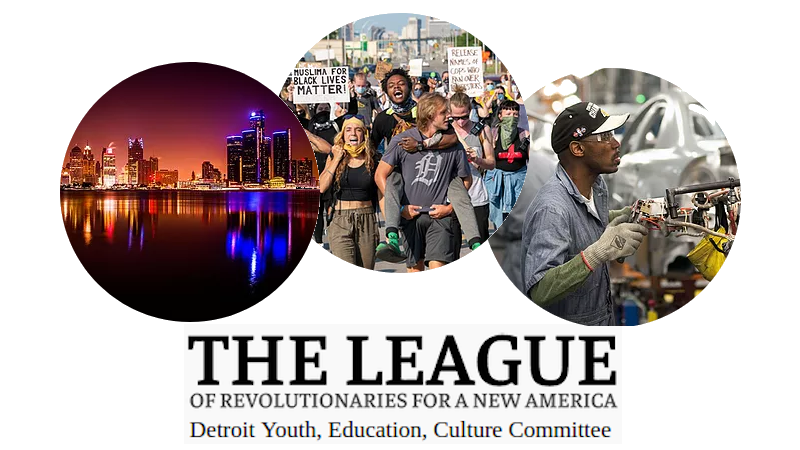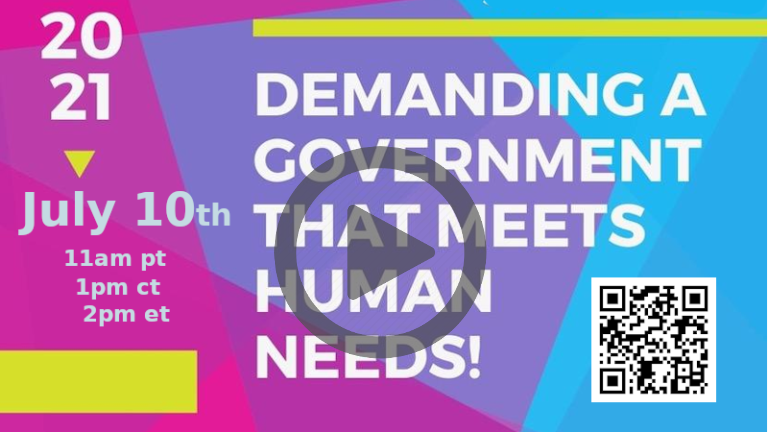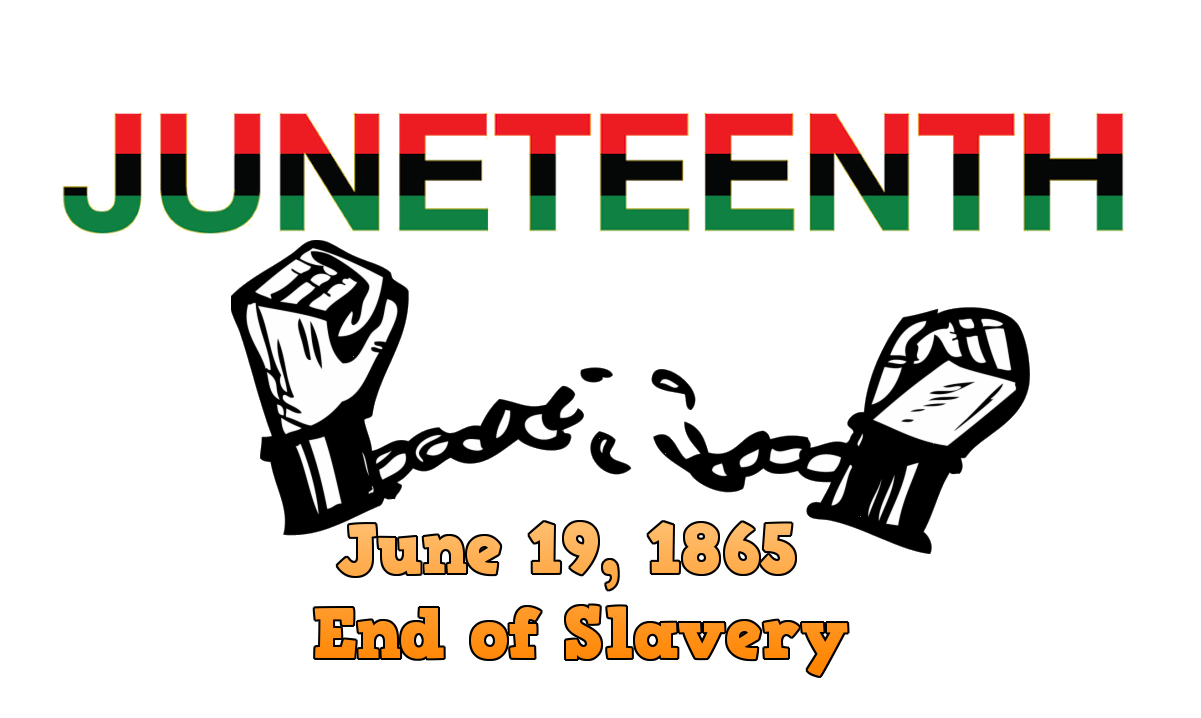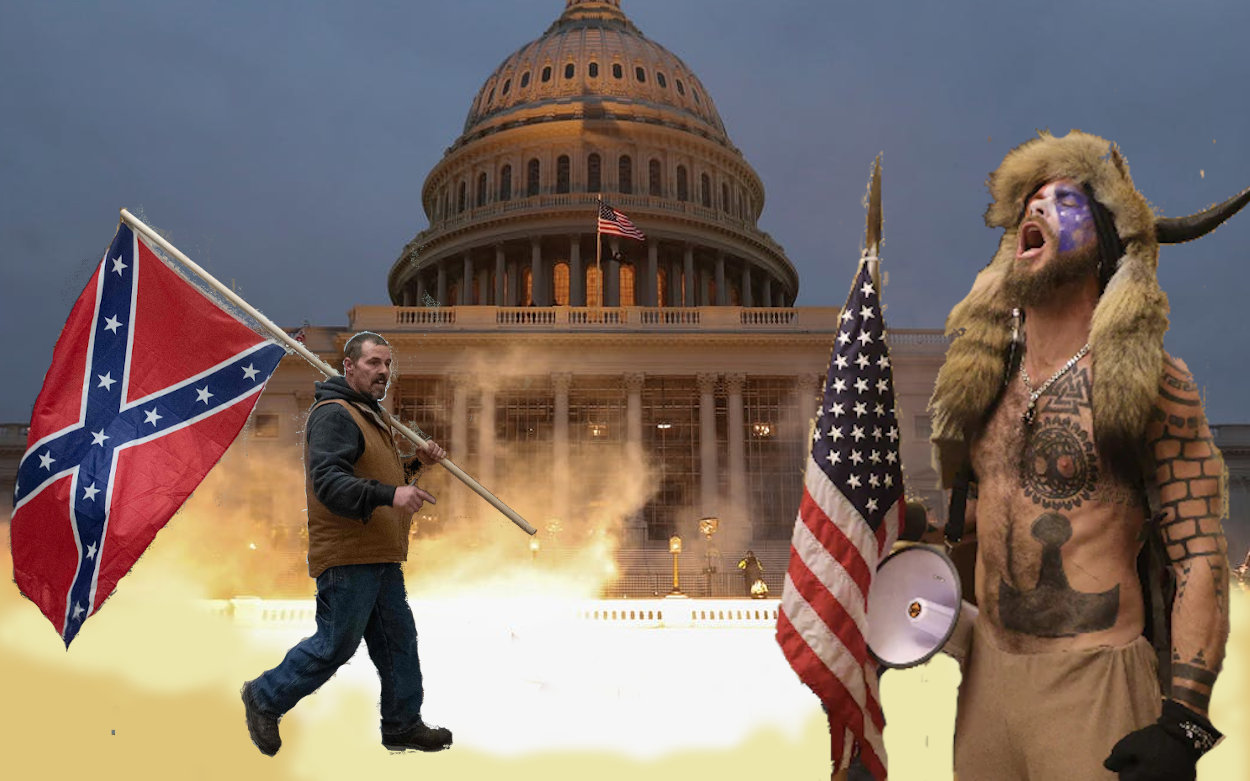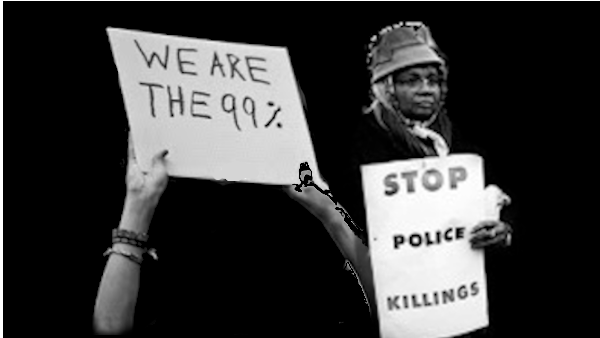Juneteenth 2021: Revolutionary Reconstruction Today
Juneteenth 2021: Revolutionary Reconstruction Today
The news that slavery was abolished finally reached Texas on June 19, 1865, over two years after Abraham Lincoln’s Emancipation Proclamation. Today we celebrate June 19, Juneteenth, as the end of U.S. slavery. Hundreds of thousands of people, Black and white, sacrificed their lives to end chattel slavery and open up the possibility of a society of freedom and equality. Yet legal emancipation and true freedom are not the same. The enslaved were set “free” with no compensation for over 200 years of back-breaking labor and no means to survive economically or be independent of their former “owners,” few legal or political rights, and precarious physical safety.
Still today, the masses of the U.S. people are not free. Every year, police kill about 1,000 people nationwide and brutalize and harass thousands more. Black, Indigenous, and Latinx Americans suffer at the highest rate, but workers of all colors are targeted by our increasingly fascist corporate State. Most people murdered, terrorized, and incarcerated by the police are poor.
Real freedom means the abolition of State violence, including police terror and the poverty imposed on so many people by a corporate ruling class. Instead of meeting people’s needs for housing, food, clothing, healthcare, and education, the ruling class hoards the abundance of society through its control of the economy and every level of government. Abandonment by the government of our people is the result. The scarcity lie is laid bare by the $1.3 trillion increase in the combined wealth of the nation’s 657 billionaires since the pandemic lockdowns began. Clearly, there is abundant societal wealth to provide true freedom for all.
Reconstruction Betrayed
Speaking on July 4, 1875, Frederick Douglass asked, “If war among the whites brought peace and liberty to Blacks, what will peace among the whites bring?” It was not white unity that forestalled Black freedom. Poor whites in the South were largely enemies of their Southern planter rulers, and poor whites in the North, many of them new immigrants, were cruelly exploited by the Northern industrialists. It was the renewed unity of the victorious ruling class of the North, with the Southern ruling class subordinate to Northern finance capital (Wall Street), that prevented freedom for African Americans and the entire working class.
The defeat of Reconstruction brought relative unity to the ruling class. The development of industrial production, mostly in the North, drove the conflict that led to the Civil War. The Northern ruling class needed to break the “slave power” of the Southern planters, whereby the South controlled Congress with a constitutional provision that counted slaves as 3/5 of a person. The new industrial productive forces in the North came into conflict with the productive relations of slavery in the South, leading to war.
After the Civil War, the ruling class still needed the back-breaking labor of cotton picking, both for the Southern agricultural economy and for the Northern industrial economy that relied on it.
The political alliance of the freed people and the abolitionist Republicans led to a hopeful but too brief period of increasing freedom in the South called Reconstruction. In 1865 Congress established the Bureau of Refugees, Freedmen and Abandoned Land to introduce a free labor system in the South, establish schools, secure fair treatment for Black and white unionists, provide aid to the destitute, and generally help the millions of freed people and poor whites in the South. But the Bureau was woefully understaffed and underfunded, with an annual budget about equal to the cost to fight the Civil War for one week.
Reconstruction was set back by Andrew Johnson, who became President after Lincoln’s assassination, pardoned most of the former Confederate planters and ordered their confiscated property returned. Fortunately, the Republican-controlled Congress began overruling Johnson and legislated what became known as Radical Reconstruction. The Reconstruction Amendments passed between 1865 and 1870 abolished slavery (13th Amendment), made all people born in the U.S. citizens (14th Amendment) and promised voting rights to Black men (15th Amendment).
Radical Republican leaders, such as Thaddeus Stevens and Charles Sumner, fought for equal rights and opportunities for Blacks and poor whites, and for Confederate leaders to be punished.
During Radical Reconstruction, those born into slavery could now vote and own land. In parts of the South, Blacks and whites could ride together on trains and eat together in restaurants. All over the South sprouted new schools and public relief projects aimed at improving the lives of the free people and poor whites. Approximately 2000 African American men served in public office before Reconstruction’s violent overthrow.
Reconstruction brought hope to many of the Deep South’s poor whites, just as it did for African Americans. Before the abolition of slavery, the free labor of poor whites could not compete with slave labor, making unemployment high and wages significantly lower than in the North. The Reconstruction era temporarily “freed” both poor whites and the former slaves by providing more consistent employment, new access to public education, and access to the ballot.
During Reconstruction, Congress and the Freedmen’s Bureau attempted to secure political rights and basic needs for the formerly enslaved and poor Southern whites. With the end of Reconstruction, Southern fascism crushed these efforts with vigilante violence by the KKK and other white supremacist terrorist groups, convict leasing, forced sharecropping, and the denial of the Black and Republican vote. Following the Hayes-Tilden compromise, Hayes became the president in return for federal troops being withdrawn, and the old slaveholder class returned to power in the South. Jim Crow then became the rule in a South that terrorized African Americans and the whites who advocated for equality, suppressing the wages and rights of all Southern workers, even to this day.
Revolutionary Reconstruction
The estimated 26 million participants in mass protests in response to the police lynching of George Floyd last May suggests a political impulse to complete the revolution that began with Juneteenth. People of all colors have risen up to oppose degenerating social and economic conditions: police terror, systemic racism, needless COVID-19 deaths, poverty wages, homelessness, student debt, climate devastation, and all forms of fascism.
Driving this motion is a new class. It is created by the digital revolution eliminating jobs and making a cooperative economy necessary. To survive, this class must abolish capitalism and any private property system, where the means of survival are held in the hands of a few. This abolitionist class is objectively fighting for the distribution of life’s necessities according to need.
The conscious political unity of the abolitionist class will lead to political formations to reconstruct society and finally realize the vision of the emancipated slaves and of all people for freedom, equality, and justice for all. Revolutionaries direct our efforts to developing that conscious unity. RC
May/June 2021. vol.31. Ed3
This article originated in Rally, Comrades!
P.O. Box 477113 Chicago, IL 60647 rally@lrna.org
Free to reproduce unless otherwise marked.
Please include this message with any reproduction


